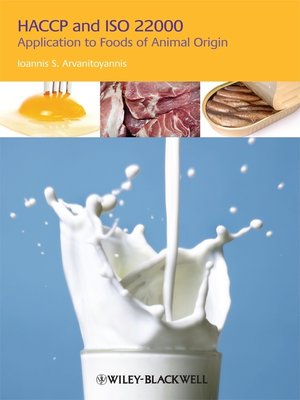HACCP and ISO 22000
ebook ∣ Application to Foods of Animal Origin · Institute of Food Science and Technology
By Ioannis S. Arvanitoyannis

Sign up to save your library
With an OverDrive account, you can save your favorite libraries for at-a-glance information about availability. Find out more about OverDrive accounts.
Find this title in Libby, the library reading app by OverDrive.



Search for a digital library with this title
Title found at these libraries:
| Library Name | Distance |
|---|---|
| Loading... |
This book presents and compares the HACCP and ISO 22000:2005 food safety management systems. These systems were introduced to improve and build upon existing systems in an attempt to address the kinds of failures which can lead to food crises. Numerous practical examples illustrating the application of ISO 22000 to the manufacture of food products of animal origin are presented in this extensively-referenced volume. After an opening chapter which introduces ISO 22000 and compares it with the well-established HACCP food safety management system, a summary of international legislation relating to safety in foods of animal origin is presented. The main part of the book is divided into chapters which are devoted to the principle groups of animal-derived food products: dairy, meat, poultry, eggs and seafood. Chapters are also included on catering and likely future directions.
The book is aimed at food industry managers and consultants; government officials responsible for food safety monitoring; researchers and advanced students interested in food safety.







